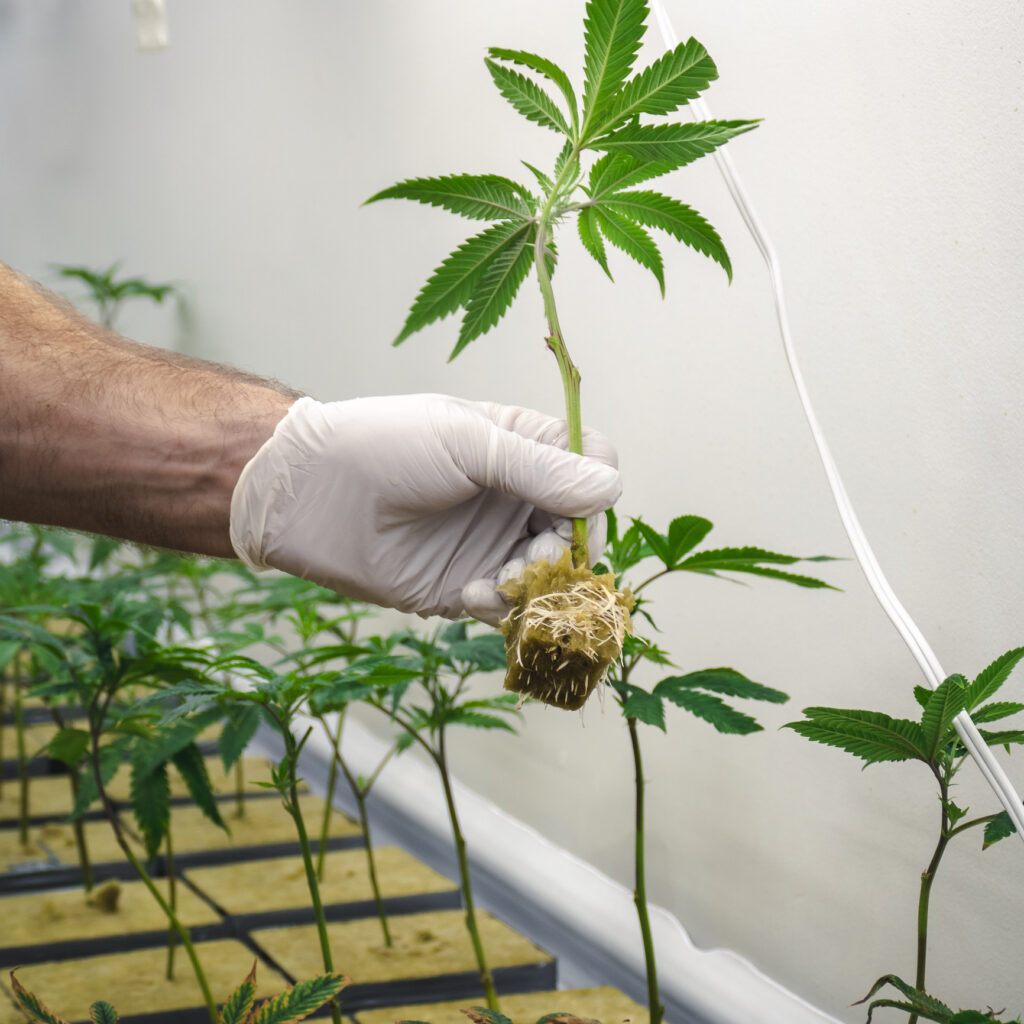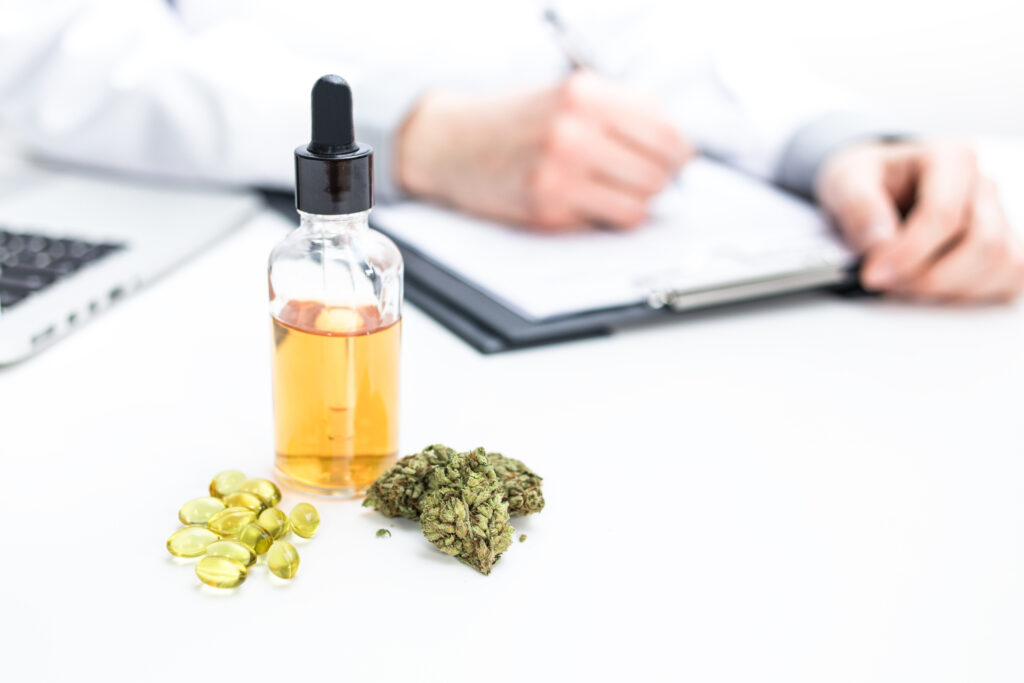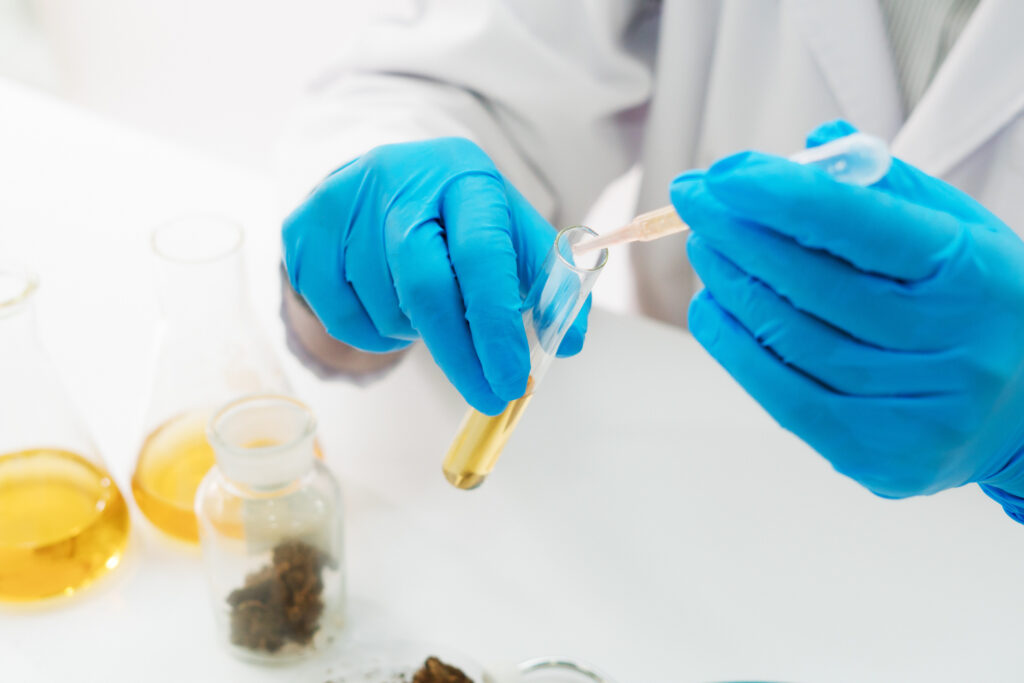
The future of the cannabis industry might no longer be simply about growing crops. Rather, biosynthesis is being viewed as a potential solution for more sustainable cannabis cultivation. In this context, biosynthesis is the process where strains of yeast are used to generate cannabinoids. While using living cells such as yeast to create molecules, biosynthesis allows for the creation of cannabinoids in ways that are not only more environmentally sustainable, but also safer, less expensive, and of a higher quality. As a result, no actual cannabis plants need to be grown or cultivated in order to produce the desired cannabinoids.
With this in mind, it’s important to acknowledge the ways in which biosynthesis can affect careers in cannabis going forward. Here’s what you need to know about biosynthetic cannabis, and how it can impact the industry.
Biosynthetic Cannabis: Transforming Industry Careers
The term “biosynthesis” is defined by Merriam-Webster as “the production of a chemical compound by a living organism”. The complex compounds generated by these organisms are then combined to produce macromolecules, though they can also convert these compounds into other ones. One particular example of biosynthesis is in how it has been able to treat diabetes, as it can produce insulin by using E. coli.

Extraction from full plants is more expensive and energy-consuming than biosynthesis
With cannabis, the process of biosynthesis is meant to produce compounds that have the exact same biological makeup as ones created by the plant itself. The most common method for cannabinoid production using this process is through the use of yeast. This is the most frequently-used material, because yeast is a cost-effective method for cannabinoid production. Using yeast also saves more energy than separating the ingredients of a fully-grown plant.
Although yeast is the most commonly-used organism for this purpose, biosynthesis with cannabinoids using E. coli is also possible, by adhering to the following steps:
- 1. Placing a biosynthetic cluster (a group of at least two genes in a genome) into a DNA vector
- 2. Inserting DNA into the bacteria, which facilitates production of the compounds that generate cannabinoids
- 3. Beginning the process at a larger scale, with cannabinoids being produced after materials are processed
What Separates Biosynthetic Cannabis From Its Synthetic Equivalent?
There are many factors regarding biosynthetic cannabis that are advantageous for it with regards to cannabis quality assurance. For one, synthetic cannabinoids tend to be produced while containing various chemicals that can affect users differently, and which are not typically regulated. Furthermore, cannabinoids also tend to be more pure when extracted from yeast, as opposed to those from an entire plant. Research has also shown that new cannabinoids unable to be found in whole-plant extraction can also be found while using yeast, and ones that contain unanticipated health benefits.

Cannabinoids are also more pure when extracted from yeast
Another difference between biosynthetic cannabis and traditional cultivation is that the latter process has been considered more harmful for the environment. More specifically, cannabis plants consume a great deal of water on a daily basis, with research indicating that as many as six gallons of water per day are consumed by a single plant. When biosynthesis enters the picture, there is no need for any growing sites to be built in order to produce cannabinoids from entire plants, leading to much less water being used. However, biosynthesis is considered to pose some problems, in that the cannabinoids are consumed separately from one another. This differs from the synergic fusion of terpenes and cannabinoids in whole-plant extraction that are considered to add health benefits that cannot be generated while cannabinoids are isolated.
What Are Its Advantages and What Does It Mean for the Industry?
Those learning about growing techniques and extraction methods during their cannabis industry training should know that biosynthesis can be more advantageous for cannabis cultivation than the traditional process of planting cannabis plants before growing and harvesting them. Essentially, the process of biosynthesis aims to:
- create a higher-quality cannabis product
- produce a more pure product than those extracted from whole plants
- limit the amount of resources and financial costs needed to produce it
Additionally, because biosynthetic cannabinoids are more pure than those from the whole plant, it increases the potency of the cannabinoids. This process also leads to a significantly reduced environmental footprint than it would if the cannabinoids were extracted from the whole plant.

Biosynthetic cannabinoids may be attractive for companies selling products like oils
How is this impacting the cannabis industry? For one, at least two cannabis organizations in Canada, Organigram and Cronos Group, have already invested money in biosynthetic cannabinoid production going forward. Another example is Anandia Laboratories, a Canadian cannabis science organization owned by Aurora Cannabis. This company has been producing research on biosynthesis for cannabinoids for nearly a decade. In addition, biosynthetic cannabinoids are more attractive for companies who produce and distribute cannabis products that are not dried flowers, such as edibles or oils. For companies whose sales rely heavily on derivative cannabis products, biosynthesis can be an easier way to produce the desired cannabinoids. Although there remains work to be done as far as gaining evidence that biosynthesis is a fully reliable solution for cannabinoid manufacturing, it does show promising signs of being a cheaper, more energy-efficient method.
Want to pursue cannabis industry careers?
Contact the Academy of Applied Pharmaceutical Sciences today!



